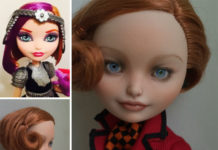“I don`t want to leave you. You smelled of antiquity, mint, lovage, and your generous oven had a smell of baked bread, dried apples and dried seeds, herbs, roots. And in the hall I could smell makuha and rotten pears. The sun and sunflower, and all sorts of other flowers, and all sorts of fragrant potions looked so kindly into your little windows”, Olexandr Dovzhenko writes about house.
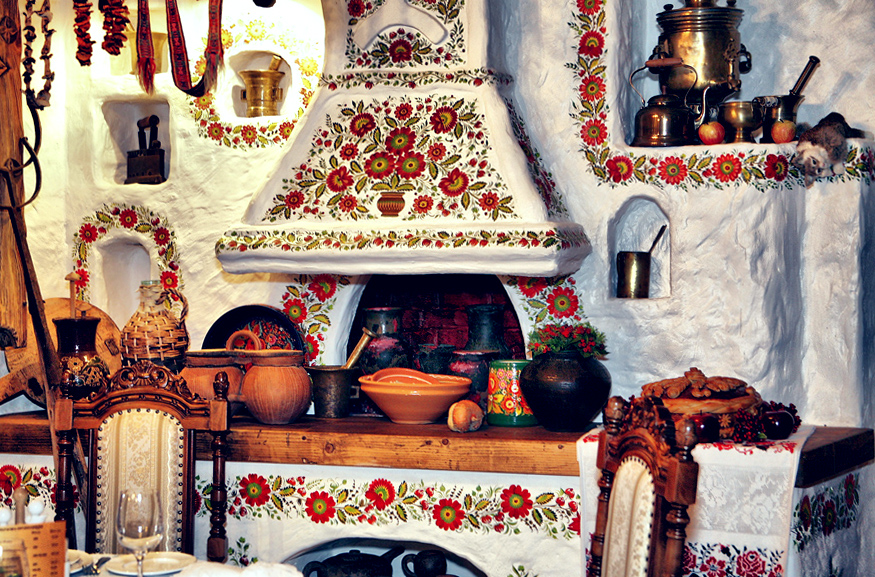

The Ukrainian house has gone through a long period of development – from a low-lying dugout to an enchanting, lovely one, with white walls, cherry gardens, colorful embroidered rushnyky on the walls, painted chimneys and the specific smell of mint root on the ground. The house is the whole world of the Ukrainian countryman, filled with significant symbols: dolivka, associated with Mother Earth, the walls as a protection from enemies, the roof to defend from bad weather, and the beam under a roof that was fending off the evil spirits.
Floors
“Flooring was always made of earthen ground, fixed with clay. Everything was made of clay – walls, ceilings, partitions, even a flooring (dolivka)” (I. Senchenko);


Until the beginning of the XX century, Ukrainian dolivka was mostly made of clay, especially red clay. Every Saturday and before the national holidays a specific solution was put on flooring which was later covered with fragrant herbs: mint, thyme, etc., so the house would always smell nice. Lamps, called posvity and luchnyky, usually were installed in front of the furnace and used for lighting.
There was no wood flooring in the house, peasants often spread “givnichka” on the ground. People used to put 3 cm wide layer of soot all around under the threshold, walls, and stove.
Trinity
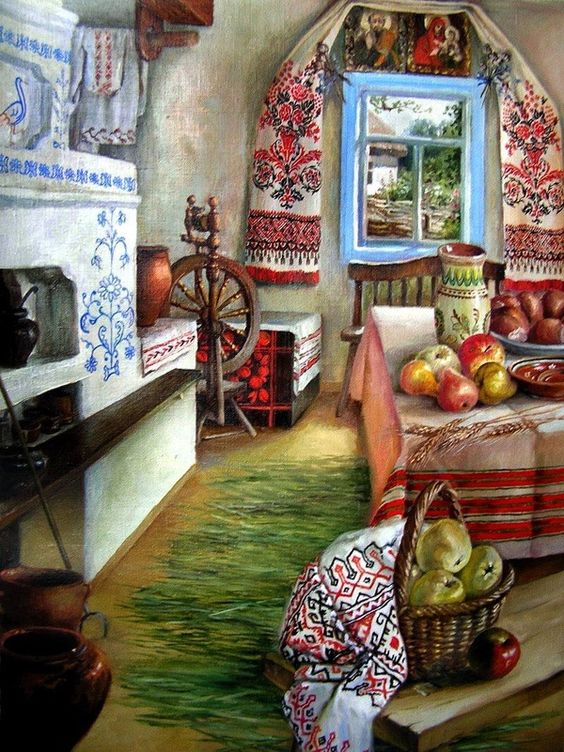

The number “3” has traditionally become an integral part of a symbolic meaning of a house. House is divided into three parts vertically. The three tiers of living space symbolized the relationship of housing with the universe.
The upper tier of housing is the connection to the sky, the higher realm of the world. Svolok (a beam under the roof) symbolizes a guardian of the house and the line which evil spirits cannot cross.
The elements of a middle tier – walls, doors, windows, partitions fill the gap between the high realm and the underworld. Windows and doors acted as means of human communication with the outside world, endowed with the magical properties of talismans.
A lower tier (dolivka, pidpichia, pryzba) is associated with Mother Earth, the lower world of creation. The lower tier stands for the boundary of the world terrestrial and subterranean.
Pryzba
On the facade side of every house was an unusually high and wide pryzba (mound of earth along the outer walls of a peasant’s house), over which hung the roof, propped up by three or four thick wooden pillars. It was coated with red clay, which symbolized a cleansing power of fire. Zagata, which was put on the pryzba in the winter, was used to a insulate the walls, and in the warm season it was used for other purposes: to dry onions, garlic, poppies, put dishes, and on to cover pryzba with woven carpets and gathered the whole family for conversations about life. The whole family being on pryzba was a sign of harmony. Pryzba was always kept clean, and was painted with red clay – a circle that was formed around the house did not allow evil forces get inside.
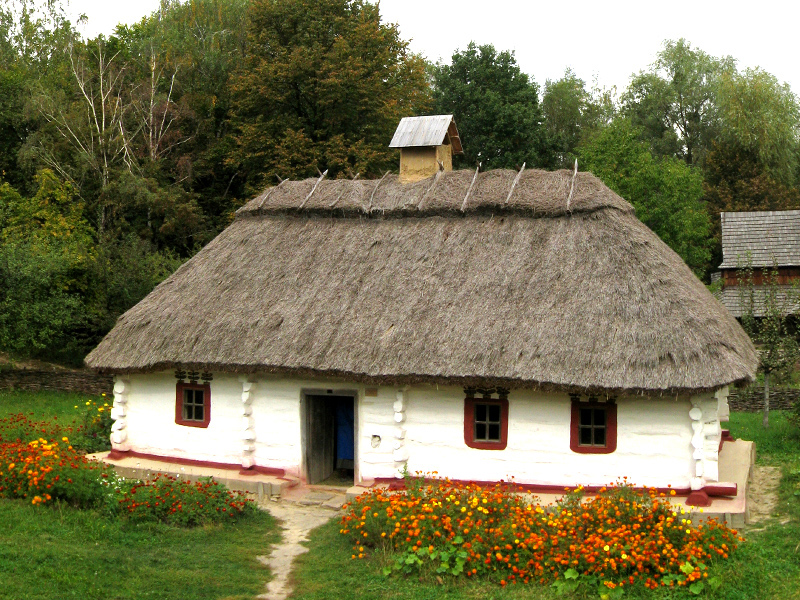

In summer, the cow dung mixed with water was carefully spread on around the house, and in winter sheaves of hay were put to the windows to keep the house warm. If there were two or three generations in one house, then somebody slept on a zapichok. Fragrant herbs, such as cornflowers, tansies, marjoram were always placed on a svoloka
“Ukrainians live in neat, always clean houses, which seem to smile at you. The housewives are not satisfied with doing cleaning every Saturday, unlike the Dutch housewives, but they also whitewash the house once every two weeks. That makes the houses in Ukraine look very neat, like a freshly bleached canvas”, wrote German geographer Johann Georg Kohl after his visit to Ukraine in 1838.
The Ukrainian house, usually, was located in such a position that prychilky was seen from a street, so they were also decorated. For example, the roof often ended with a figure of a horse’s head and it was considered a mascot, a protection from evil forces. In roofs on the ridge there was a carved image of a snake, which symbolized eternity, wisdom and a life. Sometimes peasants` roofs were decorated with large rosettes (symbols of the sun) as well as images of birds and flowers.


Source: litera.co.ua









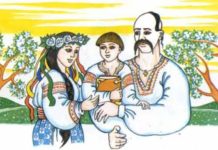




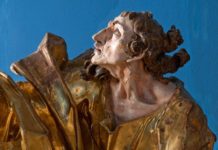






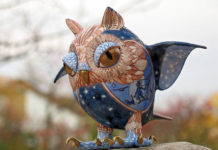
![002[1]](https://amazing-ukraine.com/wp-content/uploads/2021/12/0021-696x466.jpg)
